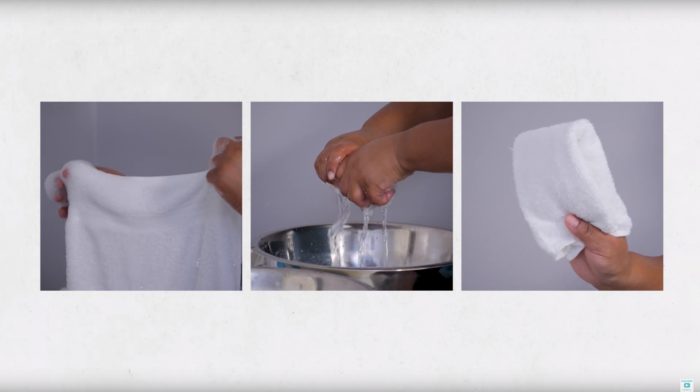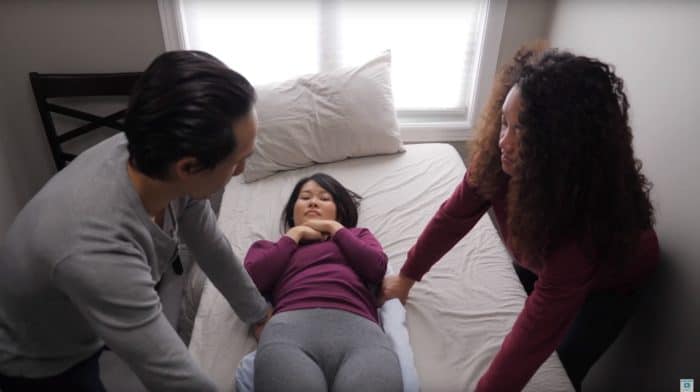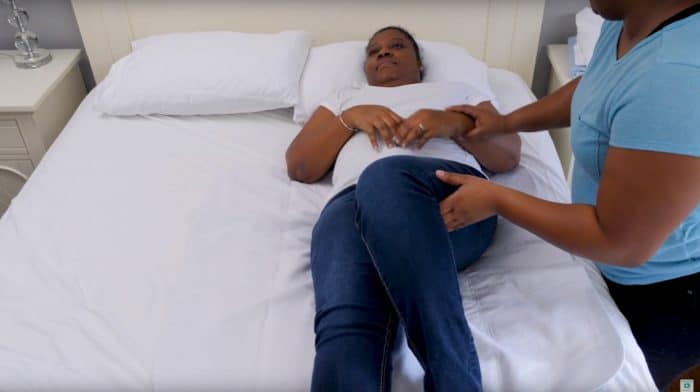How to Prevent Bed Sores
If the person you’re caring for spends a lot of time laying or sitting they are at higher risk of getting bedsore, which is also called a pressure ulcer.
In this video, we’ll show you some ways that you can help stop pressure ulcers from forming.
If the person you’re caring for spends a lot of time laying or sitting they are at higher risk of getting bedsore, which is also called a pressure ulcer.
In this video, we’ll show you some ways that you can help stop pressure ulcers from forming.
Start off by keeping their skin clean and dry. Check over their skin daily for any red areas, especially over bony areas like their elbows, heels or hips.
Pressure ulcers can start to form in as little as 4-6 hours, so it’s best to turn and position them or encourage them to change positions or walk if they’re able to every two hours.
Use pillows behind their back, and between their knees in bed to help them stay off of any areas that are becoming red or to help them stay in a new position.
Using heel protectors while the person you’re caring for is in bed can also help prevent their heels from getting ulcers.
If they’re sitting up, specialized seat cushions are great, but you can also put a pillow under their hip and rotate sides every two hours to reduce pressure.
Encouraging them to do a range of motion exercises will help improve muscle strength so they can move around and change positions on their own a little easier.
A diet high in protein can also help prevent and heal pressure ulcers because protein helps build and repair muscle and skin tissue. If the person you’re caring for hasn’t been eating well, speak to their doctor or dietitian about adding a high protein nutritional drink to their diet
Pressure ulcers can be difficult to treat, so using these tips to stop them before they start will help prevent infections, pain and hospital visits.
For more information for caregivers visit our website!






